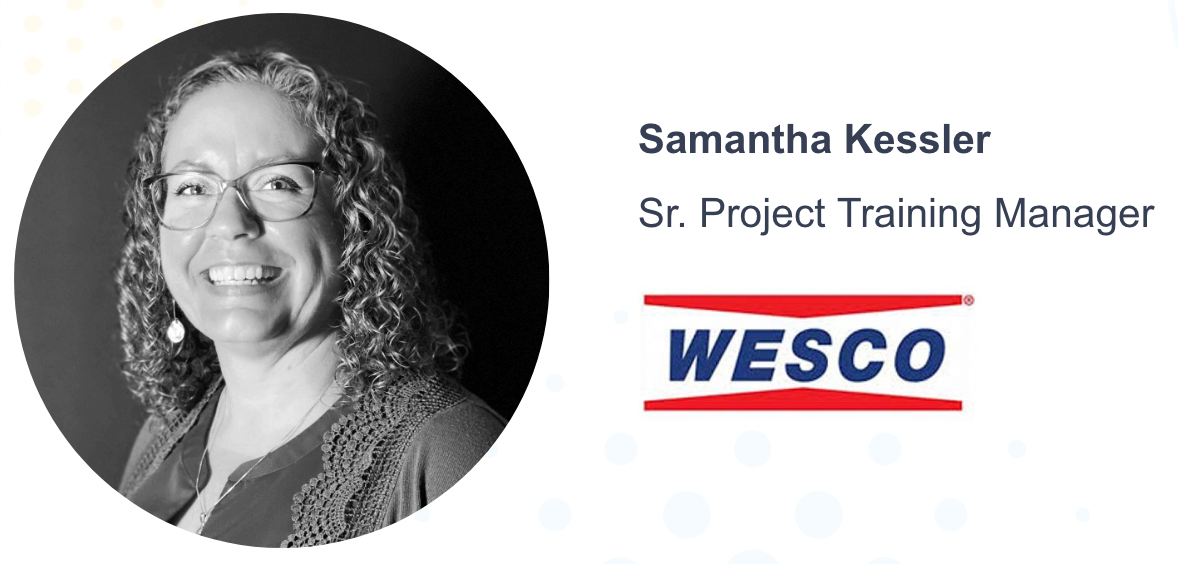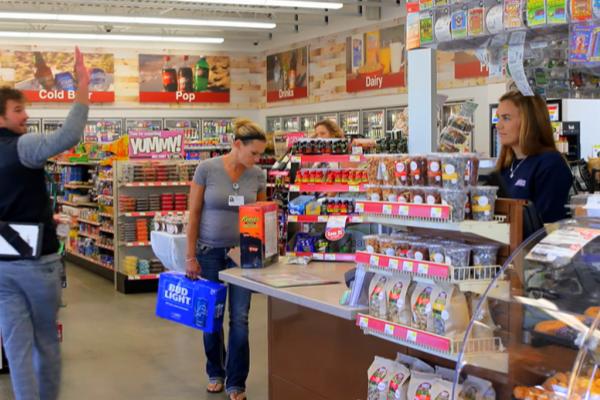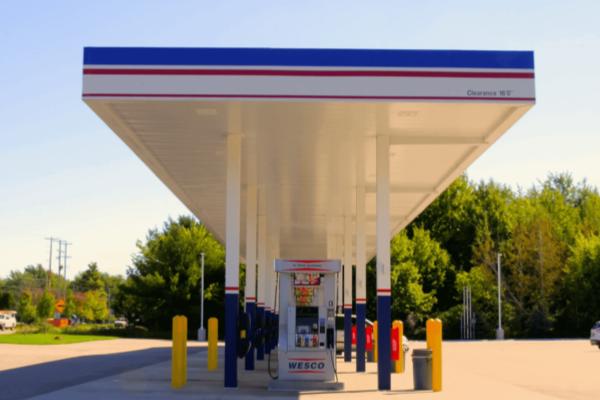
- Home
- Crunchtime Blog
- 5 Tips for Improving Performance in Underperforming Stores

5 Tips for Improving Performance in Underperforming Stores
Operations leaders or above-store leaders spend a lot of time coaching their stores—looking at the bigger opportunities across the business as well as helping specific stores address specific challenges.
Samantha Kessler, Senior Product Training Manager at Wesco, a popular chain of convenience stores and fuel stations, recently shared how their operations team helps their underperforming stores improve their outcomes. Here are five tips you can use to coach your underperforming convenience stores and drive improvements that will leave your teams more confident and customers happy.

1. Set Specific Goals
When asked what the first steps should be when going to drive performance, Kessler responded “I think you really have to know your goal before you begin. If you don't know what your end result is, what you want to accomplish, you're never going to know if you're successful”. When looking for opportunities to improve performance, first determine what you want to achieve, for example, achieve a 90%+ score on the next two food safety assessments, or 5-minute drive-thru service times for the following week. Once you understand your goals, the path to accomplishing them will be clearer. This can help your team be more efficient and avoid unnecessary effort.
2. Carry Out Compliance Walks
District managers at Wesco stores conduct compliance walks one to three times per year at each location to make sure that their convenience stores are up to brand standards. Kessler mentions that these walks are put in place to evaluate the guest experience when visiting a Wesco location. When creating and conducting compliance walks, be sure to evaluate the physical condition of the location as well as the customer service provided. These walks should not exist just to measure cleanliness, but also to evaluate items that can alter the atmosphere of the location, such as lighting conditions, temperature, and volume of music being played.

3. Take Care of Associates
At Wesco, Kessler says that their compliance walks do not just focus solely on the experience for customers, but also the experience of employees. “They're really diagnosing if our customers are being treated well, if our associates are being taken care of, are our stores safe, are they well lit. We create an environment where customers want to come back, where associates want to come back.” By ensuring that their employees also have a good experience, it helps Wesco stores retain them. Also, lower turnover rates can lead to higher employee expertise and improved customer satisfaction because each store will have longer-serving employees who have had more experience and opportunities to gain knowledge.
4. Prioritize Low-Performing Stores
Kessler explains that not every store at Wesco gets the same amount of attention from district managers throughout the year, instead, they focus on scores that score lower on their initial compliance walks. “Once a year we have the district managers complete what we call a deep dive compliance, which consists of over 200 questions. If the location scores an 85% or more, then they get a free pass for the next round of compliances. If they score less than 85%, then they have another one or two compliances completed during that calendar year. So we really use that compliance score to drive everything else that we do”. This strategy can help stores feel motivated to have a great initial first walk, and it also allows district managers to have more time to invest in underperforming convenience store locations.

5. Use Technology to oversee stores and drive improvements
Once areas of improvement are determined, technology can help stores achieve better results. At Wesco, District Managers use digital forms to automatically assign work to stores to help them improve their operations. It also allows them to oversee each location’s day-to-day operations without physically being in the location. For example, employees can submit photos of different areas of the location so that district managers can see the status of the store in real-time. Today, technology can be used in numerous ways throughout an operation to help better achieve organizational goals from task management to training.
Share this post
Related

![[2023 Research] Improving Operations Execution Could Increase Sales Significantly](https://www.crunchtime.com/hs-fs/hubfs/_Y5A8457_JC%20%281%29.jpg?length=720&name=_Y5A8457_JC%20%281%29.jpg)
[2023 Research] Improving Operations Execution Could Increase Sales Significantly
![[2023 Research] Restaurant Operators Plan on Growth—How Will They Get There?](https://www.crunchtime.com/hs-fs/hubfs/2023-Restaurant-Ops-Report-Thumb-LP-@2x%20%281%29.png?length=720&name=2023-Restaurant-Ops-Report-Thumb-LP-@2x%20%281%29.png)
